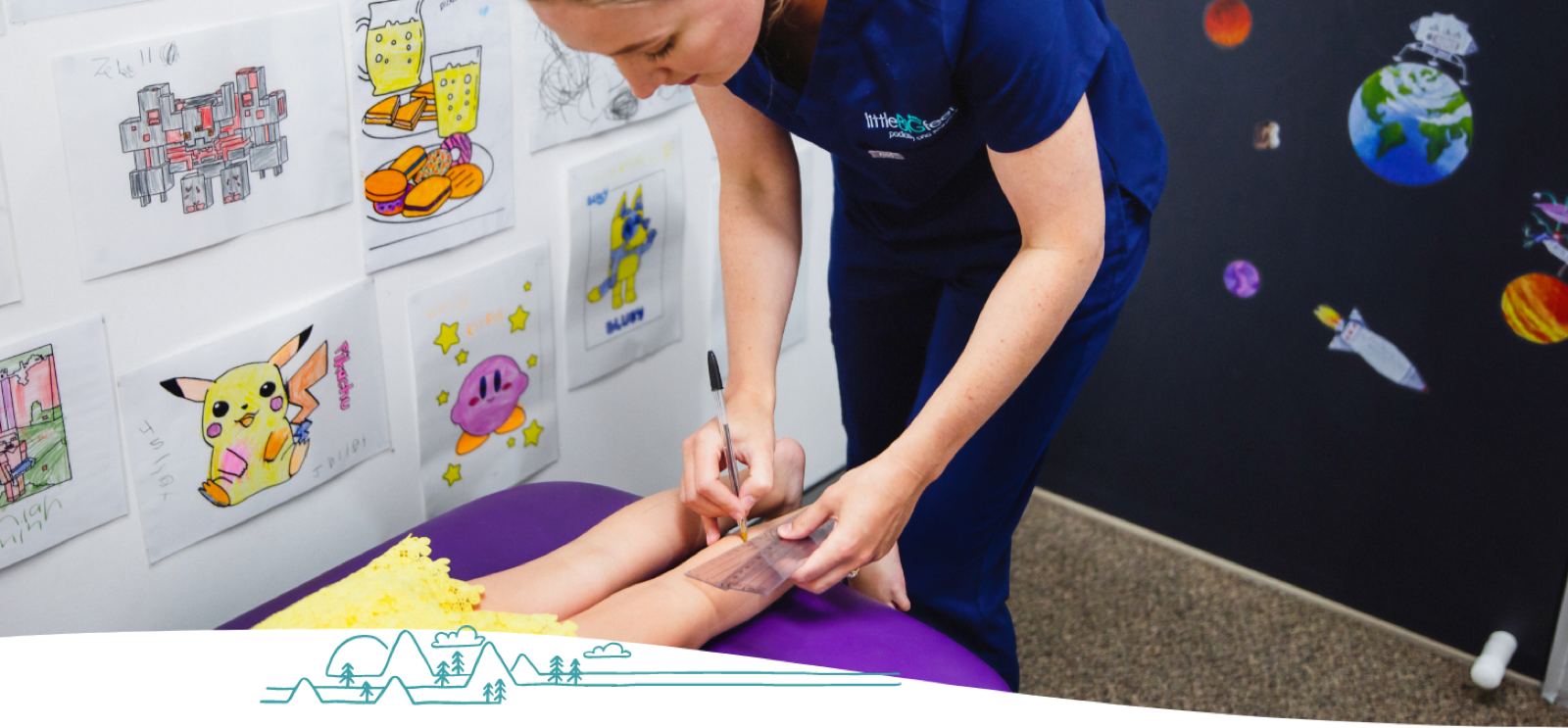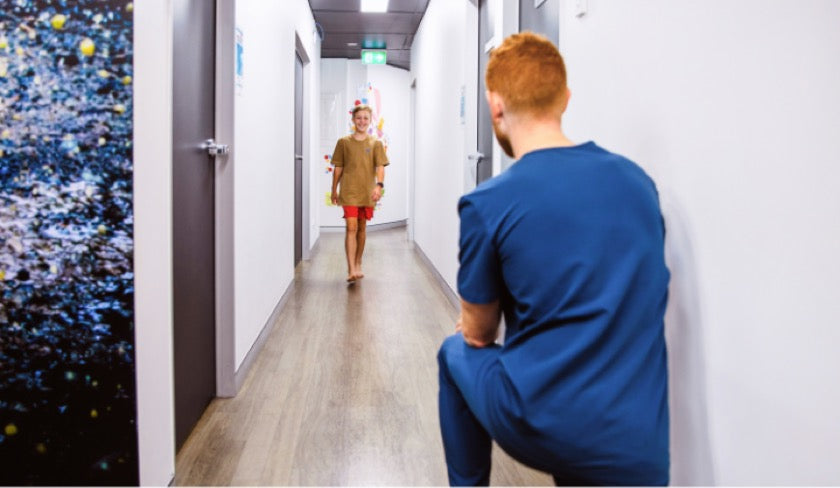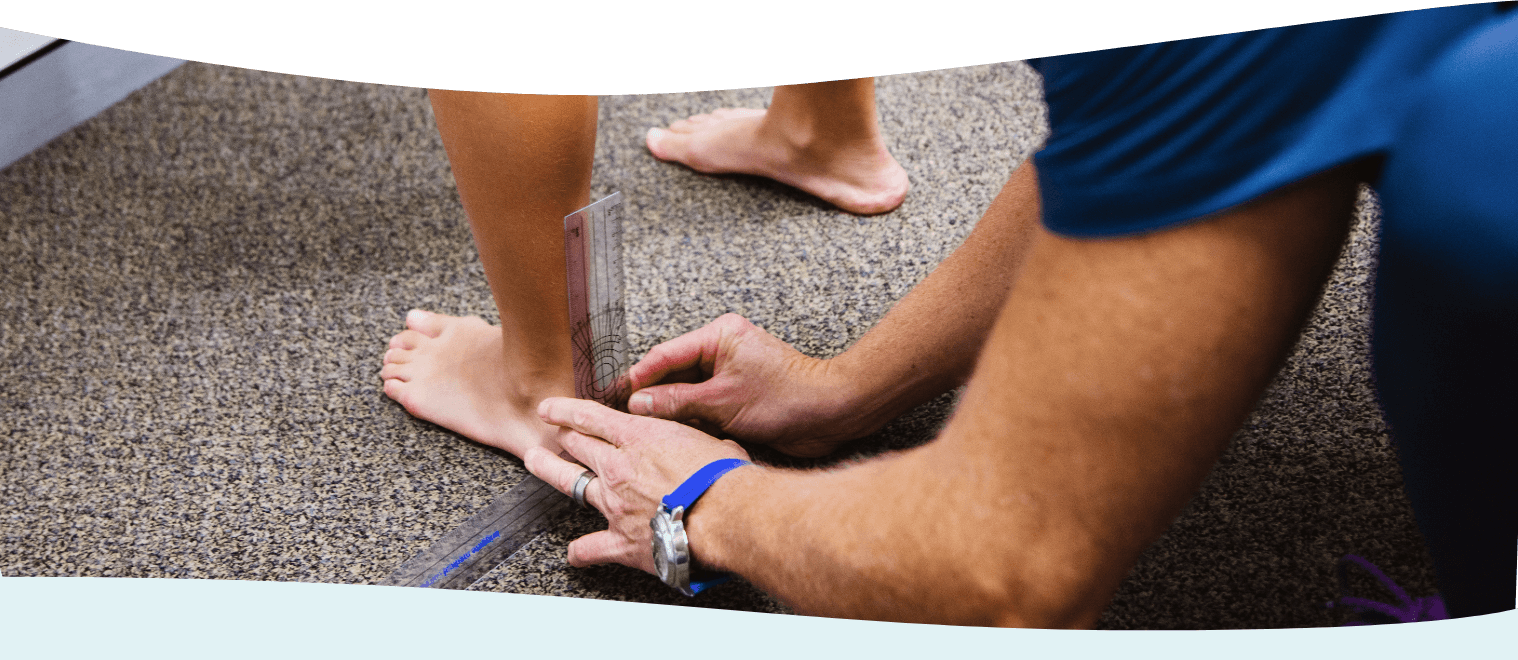
Growth Asymmetry

Growth asymmetry in children’s podiatry
Growth asymmetry refers to an identifiable difference or discrepancy in the growth of either soft tissue or bone which may result in a functional or static variation from the norm. Typically, a parent or carer will present with the child, after having noticed a contrast or variation in the child’s structure or movement. Examples include:
- The direction in which the feet point
- The shape of the feet
- Unilateral limping
- Instability
- Shoulder drop
- Part of the body moving differently or less symmetrically.
LBF Podiatrists are able to undertake a range of functional and static assessments to determine the cause of the asymmetry. It is common for children to present with growth-related asymmetry during certain phases of development. In instances where the presentation is problematic or causing problematic symptomology, short-term treatment may be warranted. In such cases, it is less common for the child to require on-going treatment, as the intervention may only be needed for the duration of their asymmetry (or growth phase). Regular reassessment and revisits will allow the podiatrist to determine when the asymmetry has resolved.
Less commonly, growth asymmetry may result from underlying congenital or hereditary presentations. In these instances, children and adolescents may require ongoing podiatric treatment throughout their childhood and adolescence to manage the associated symptomology.
Treatments for growth asymmetry more commonly include interior and exterior shoe modifications (including heel raises and accommodations for limb length discrepancy) and orthotic therapy.


Disorders associated with growth asymmetry
- Hemihypertrophy
- Hemihyperplasia
- Leg length discrepancy (LLD)
- Klippel-Trenaunay Syndrome
- Aplasia








